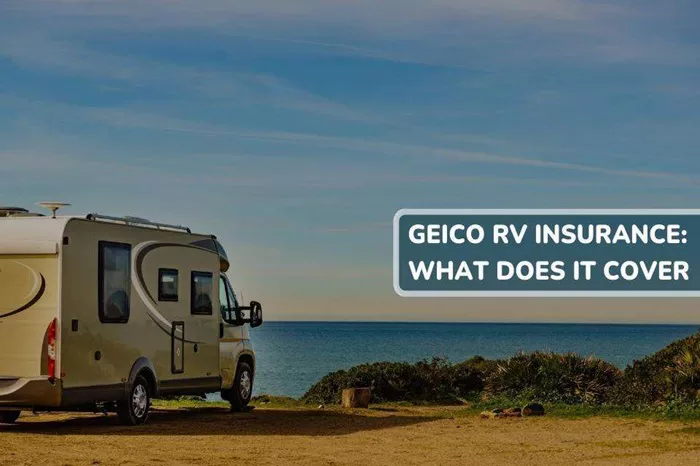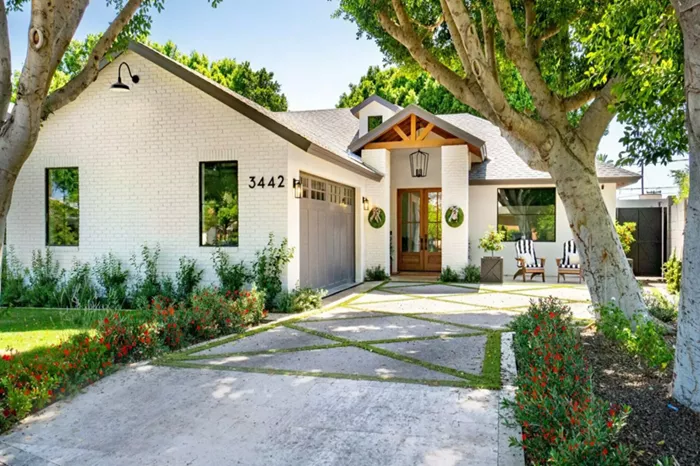Florida is no stranger to floods. With its long coastline, low-lying land, and frequent storms, the risk of flooding is always present. That’s why flood insurance is such an important part of life in Florida. But many people wonder, “Is it hard to get flood insurance in Florida?” The short answer is no—it’s not hard. But there are things you need to know.
In this guide, we’ll walk you through everything. We’ll explain how flood insurance works in Florida, who offers it, what affects the price, and how you can get it. The goal is to make things simple and clear so you can feel confident about protecting your home or property.
Why Flood Insurance Matters in Florida
Florida has more flood zones than almost any other state. Heavy rains, hurricanes, and rising sea levels make it one of the highest-risk states for flood damage. Even areas that are not near water can still flood during major storms or due to drainage problems.
Regular home insurance does not cover flood damage. That means if your house floods and you don’t have flood insurance, you’ll be on your own when it comes to repairs. This is why getting a flood policy is so important.
Flood insurance helps pay for:
Damage to your home’s structure
Repairs to walls, floors, and ceilings
Electrical and plumbing systems
Appliances and personal belongings (if you buy contents coverage)
With the risks so high, and the coverage so important, it’s no surprise that many Florida homeowners ask how to get flood insurance—and whether it’s difficult to do.
Who Provides Flood Insurance in Florida?
In Florida, there are two main places you can get flood insurance:
The National Flood Insurance Program (NFIP)
Private insurance companies
Let’s look at both options more closely.
The NFIP (Backed by FEMA)
The NFIP is the most common source of flood insurance. It’s managed by FEMA and has been around for decades. Most homeowners in Florida who have flood insurance get it through this program.
NFIP flood policies are available to people in communities that take part in the program. Luckily, most cities and counties in Florida do. If you live in an NFIP-participating area, you’re eligible.
Getting a policy through the NFIP is pretty straightforward. You contact your insurance agent, request a quote, and apply. The agent handles the paperwork and works with FEMA on your behalf.
NFIP policies have some limits. For residential buildings, coverage is capped at:
$250,000 for the building itself
$100,000 for contents
That may be enough for many people, but not for everyone.
Private Flood Insurance
Private insurance companies in Florida are now offering more flood insurance options. These policies can provide higher limits and more flexible coverage than the NFIP.
With private flood insurance, you may get:
Higher building or contents limits
Replacement cost coverage for personal items
Shorter waiting periods
Optional coverages like loss of use
Private insurers have grown a lot in Florida in recent years. Many people find their rates are competitive—or even cheaper—than NFIP rates, especially for homes in lower-risk zones.
You can get private flood insurance by contacting a local agent or shopping online. Many companies allow you to get a quote and buy a policy on the same day.
Is It Hard to Qualify for Flood Insurance?
The good news is that flood insurance is generally easy to get in Florida. It doesn’t matter if you’ve had claims in the past. It doesn’t matter if you’re in a high-risk zone. If your community participates in the NFIP, or if a private company writes policies in your area, you can get flood insurance.
There are no credit checks for NFIP policies. There’s also no detailed underwriting process like you might see with other types of insurance. You provide basic information about your property, and your agent or insurer will give you a quote.
That said, there are a few things that can affect your options:
Location: If you’re in a high-risk flood zone (like a FEMA “Special Flood Hazard Area”), you may pay more.
Elevation: Homes built at or above the Base Flood Elevation often get better rates.
Building type: Single-family homes, condos, and mobile homes can all get flood insurance, but the rules and prices vary.
Lender requirement: If you have a mortgage and your home is in a high-risk zone, your lender will likely require you to carry flood insurance.
How Much Does Flood Insurance Cost in Florida?
Prices can vary a lot depending on where you live, your property’s elevation, and whether you’re using the NFIP or a private insurer. On average, NFIP premiums in Florida range from about $400 to over $2,000 per year.
Here’s what can raise or lower your price:
Flood zone: Higher-risk zones mean higher premiums.
Elevation: The more elevated your home is, the less likely it is to flood—and that means lower costs.
Year built: Older homes may cost more to insure unless they meet modern flood codes.
Deductibles: Choosing a higher deductible can lower your premium.
Private flood insurance can sometimes offer better rates, especially if you’re not in a high-risk zone or if you need coverage above the NFIP limits.
How to Get Flood Insurance in Florida
If you’re ready to get a policy, here are the steps:
Contact an insurance agent. Many Florida agents sell both NFIP and private flood insurance. Ask about both.
Provide details about your home. The insurer will want to know your address, year built, construction type, and elevation if available.
Get a quote. You’ll receive a price and coverage options to review.
Choose a policy. Decide on your coverage limits, deductible, and provider.
Sign the application and pay. Your policy won’t be active until payment is received.
Wait for it to start. NFIP policies usually have a 30-day waiting period. Private policies may start sooner.
If your mortgage requires flood insurance, make sure your new policy meets their guidelines and is in place before the loan closes.
Can You Be Denied Flood Insurance?
In most cases, no. If you’re applying through the NFIP, you cannot be denied based on your flood history, claim record, or location. That’s one of the benefits of a government-backed program.
Private insurers can deny coverage, though. Since they set their own rules, they may turn you down if your home is extremely high-risk or has a long history of claims. However, that’s rare.
If you’re ever denied private flood insurance, the NFIP is still available. You can fall back on that option for basic coverage.
What About Condo Owners and Renters?
If you live in a condo or rent an apartment, you can still get flood insurance.
Condo owners can buy a flood policy to cover their unit’s interior and personal property. The condo association should carry a master flood policy for the building itself.
Renters can buy a contents-only flood insurance policy. It covers personal belongings like clothes, furniture, electronics, and kitchenware.
These policies are usually affordable and easy to get. Just talk to an insurance agent who handles flood insurance.
How Has the Flood Insurance System Changed?
In 2021, FEMA rolled out a new way of pricing NFIP policies. It’s called Risk Rating 2.0. The goal is to make prices more accurate and fair. Instead of just using flood zones, the system now looks at:
Distance from water sources
Flood history
Elevation
Building characteristics
Type of foundation
Under Risk Rating 2.0, some homeowners in Florida have seen their premiums go up. Others have seen them go down. It depends on your property’s unique risk.
The change has made it more important to shop around and compare both NFIP and private options. Don’t assume you’re stuck with one price. Ask your agent to look at different companies and programs.
Should You Buy Flood Insurance?
If you live in Florida, the answer is almost always yes. Even if you’re not in a high-risk zone, floods can happen anywhere. In fact, FEMA says more than 20% of flood claims come from properties outside high-risk areas.
Flood insurance gives you peace of mind. It protects your home, your savings, and your future. Without it, you’d have to pay for repairs out of pocket—or rely on limited government disaster aid, which often comes in the form of loans.
The cost of flood insurance is small compared to the cost of repairing a flooded home. It’s a smart investment, especially in a state like Florida.
Conclusion
So, is it hard to get flood insurance in Florida? Not at all. It’s actually easier than most people think. Whether you go through the NFIP or a private company, coverage is available. The process is simple. And the protection it offers is invaluable.
With more flood risk than ever, having the right insurance is key. Don’t wait until a storm is on the horizon. Explore your options now, talk to an experienced agent, and make sure your home or property is covered.
In Florida, it’s not about if it will flood—it’s about when. Flood insurance is one of the best ways to be ready.
Related topic:
How Much Does a Pool Increase Home Insurance Costs?






















